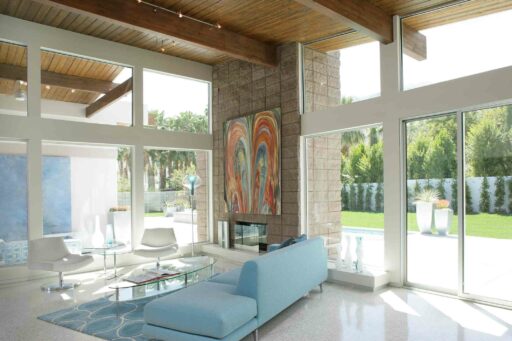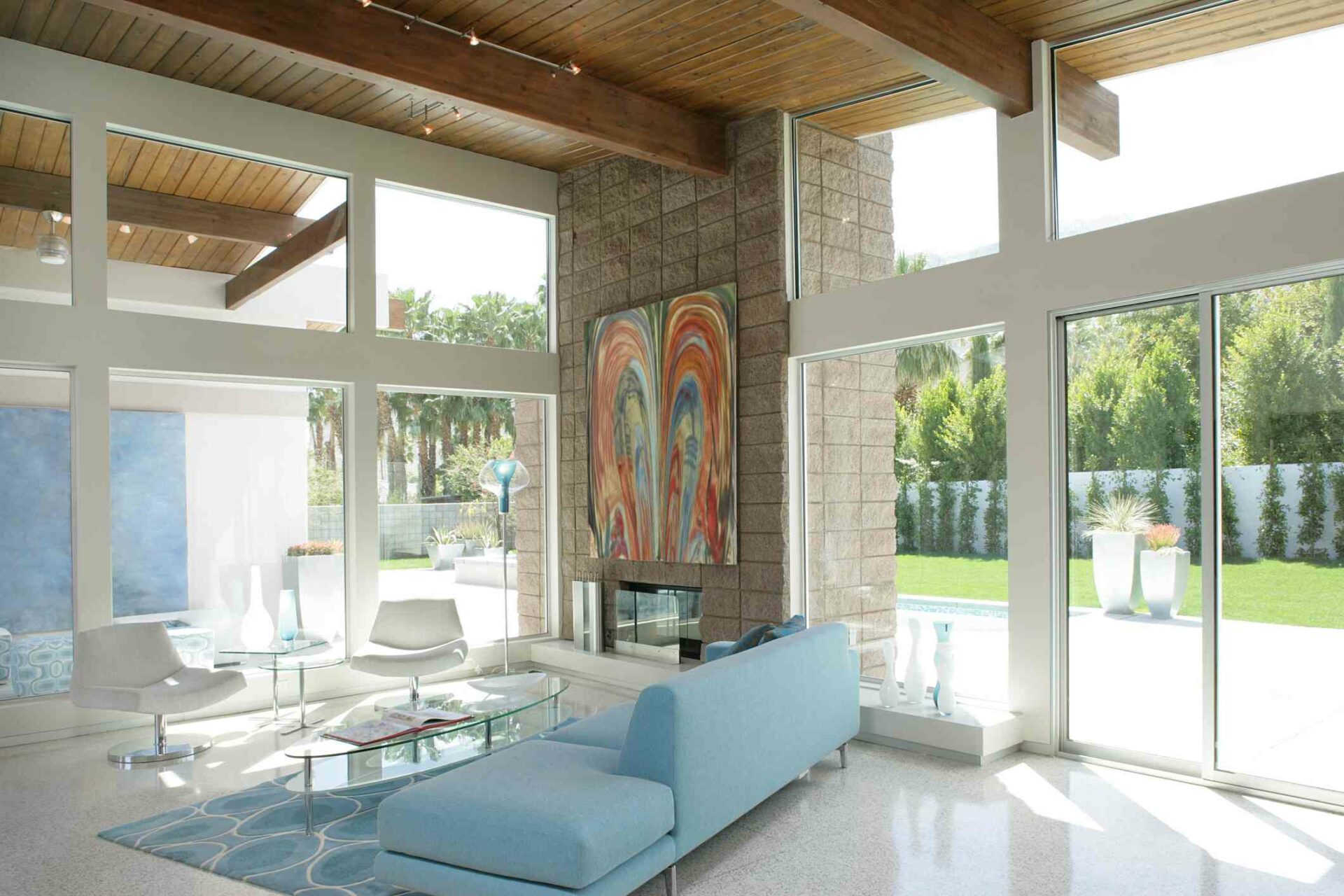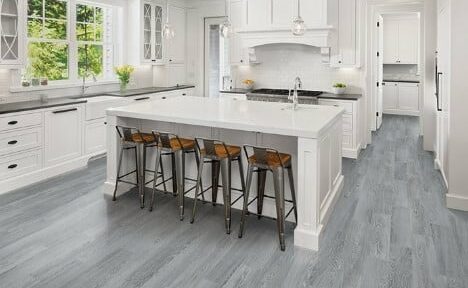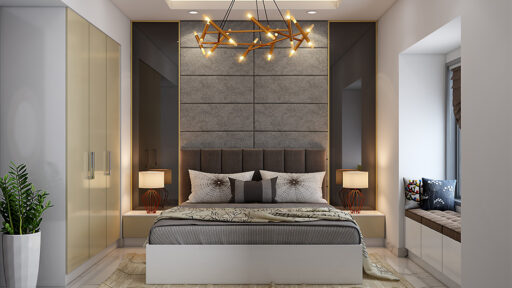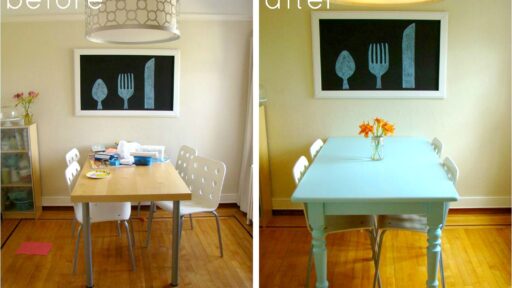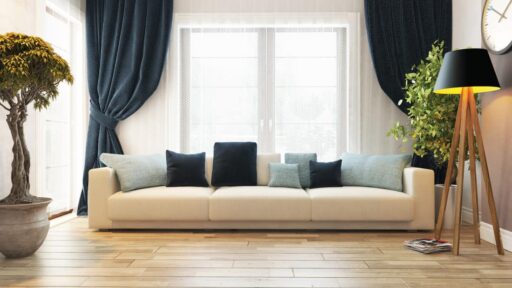Looking up at the windows in your home, school, or any building, have you ever wondered why they’re placed at just the right height?
It’s not random at all! Architects and builders carefully plan the distance from the floor to the bottom of a window. This measurement affects everything from the amount of sunlight entering a room to how safe and comfortable you feel inside.
Consider this: if windows were too low, you might feel exposed. Too high, and you’d miss out on beautiful views and natural light. The perfect window height creates the ideal balance for each room’s purpose.
Ready to uncover the secret behind this invisible design choice that shapes your daily life? Let’s plunge into the exciting world of window placement!
What Should Be the Standard Window Height from The Floor and Ceiling?
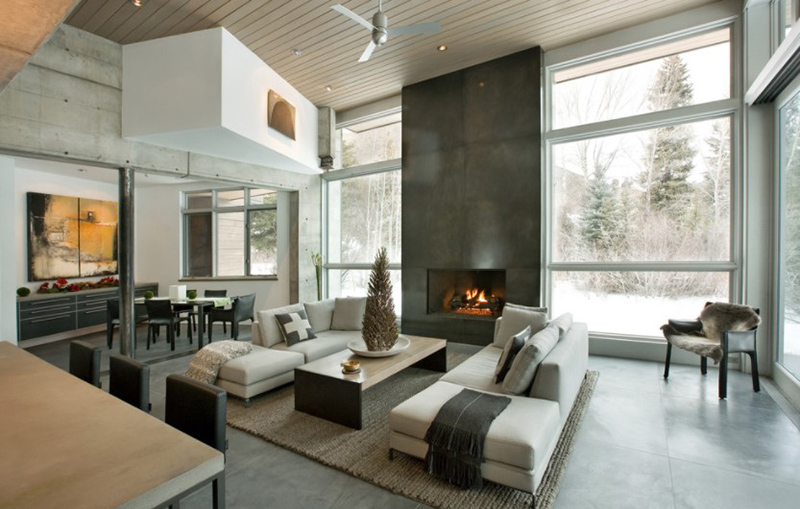
Well, the standard height of a window from the floor and ceiling can vary slightly depending on personal preferences. But the standard height of a window from the fall usually falls within a range of 40 inches (about 101 cm) to 48 inches (about 122 cm) above the floor.
This is a recommended height that will allow anyone for a comfortable viewing outside the window. It’ll also help you provide natural light as well as maintain the aesthetic balance in the room. Well, there are many factors that you need to consider before picking a perfect height for your house.
Whereas the standard height of a window from a ceiling is approximately 18 inches (about 46 cm). This height helps to maintain the structural integrity of the wall while ensuring that the window doesn’t interfere with the ceiling’s stability.
Factors to Consider Before Picking Out a Standard Window Size
When you’re planning the perfect window placement, three key factors work together like a well-orchestrated team. Understanding these elements will help you create spaces that are both beautiful and functional.
1. Room Purpose Matters Most
The function of each room determines where windows should sit. Living rooms and offices need higher windows to flood the space with daylight while keeping things private.
Bedrooms work better with lower windows – you get privacy plus space underneath for your bed or desk. Bigger rooms can handle massive windows, while smaller spaces need more modest ones.
2. Making It Look Amazing
Great window placement creates rooms that just feel right. There’s an unspoken rule in design: more natural light equals better-looking spaces.
Want your room to wow visitors? Go for larger windows that bring in tons of sunshine. Just remember to choose furniture that matches your window style perfectly.
3. Light and Fresh Air Team Up
Natural light doesn’t work alone – it partners with ventilation to create healthy, happy spaces. The bigger and better-positioned your windows, the more fresh air can flow through your home. This dynamic duo of light and airflow directly impacts how good you feel in any room.
4. Size and Space Connection
Your room’s size is like a puzzle piece that must fit with your window choice. Spacious rooms can showcase dramatic, floor-to-ceiling windows that make bold statements. Cozy rooms need smaller, perfectly-proportioned windows that enhance without overwhelming the space.
5. Privacy vs. Openness Balance
Every window placement becomes a choice between feeling connected to the outside world and maintaining your personal sanctuary. Higher windows offer security and privacy, while lower ones create that perfect indoor-outdoor flow that makes spaces feel alive and welcoming.
Getting your windows just right alters any house into a dream home. Master these principles, and you’ll create spaces that feel perfectly tailored to your lifestyle.

When choosing the perfect window height, several practical factors come into play beyond just looks and light. These real-world considerations can make or break your window placement decisions.
1. Room Purpose Matters Most
The function of each room determines where windows should sit. Living rooms and offices need higher windows to flood the space with daylight while keeping things private. Bedrooms work better with lower windows – you get privacy plus space underneath for your bed or desk. Bigger rooms can handle massive windows, while smaller spaces need more modest ones.
2. Furniture Fits the Picture
Your couch, bed, and desk aren’t just decorations – they’re window placement partners. Plan your furniture layout first, then position windows to complement, not compete with, your setup.
Make sure nothing blocks your windows from opening and closing smoothly. The best window placement works seamlessly with your furniture to create a balanced, functional room.
3. Capturing Epic Views
Living near mountains, lakes, or gorgeous gardens? Lucky you! These stunning outdoor scenes deserve windows that show them off properly. Lower, larger windows frame natural beauty like living artwork. Imagine waking up to mountain peaks right outside your bedroom window – that’s the magic of view-focused window placement.
4. Keeping Things Private
Nobody wants strangers peeking into their personal space. Higher windows naturally create privacy barriers while still letting in plenty of light.
Building codes often require minimum window heights in certain rooms for safety and privacy reasons. Smart architects balance openness with security to keep you comfortable.
5. Budget Reality Check
Dream windows meet real-world wallets here. Larger windows cost more in materials, installation, and long-term maintenance. Smaller windows keep costs down but might limit your design options. Factor in glass, framing, labor, and future upkeep when planning your perfect window setup.
Consider all these factors together, and you’ll find the sweet spot between dream design and practical living. Your windows should work as hard as they look good!
What are the Different Types of Windows?
Windows come in many different styles and configurations, each designed to serve specific functional and aesthetic purposes in residential and commercial buildings. Understanding the various types can help you make informed decisions for new construction, renovations, or replacements.
1. Double-Hung Windows
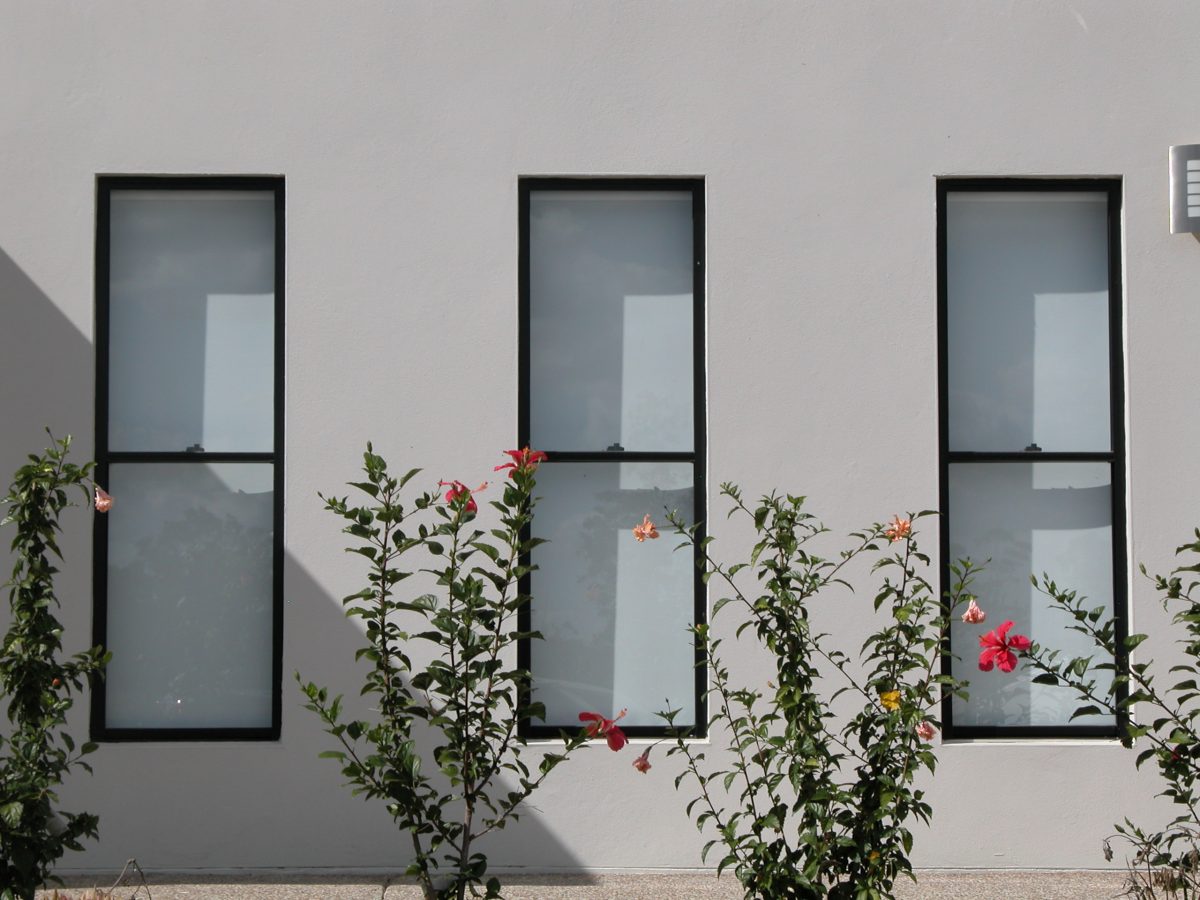
This type of window is a traditional and versatile style commonly found in homes. It consists of a rectangular frame with two vertically aligned sashes, one on top and one on the bottom. Each sash is capable of independently moving up and down within the frame. This window is great for ventilation as both the upper and lower sashes can be opened.
And being someone who likes everything clean, it is very easy to maintain because all you have to do is tile or remove the sashes. Lastly, double-hung windows have been here for a long time, and they provide a timeless and classic appearance to the room.
2. Casement Windows
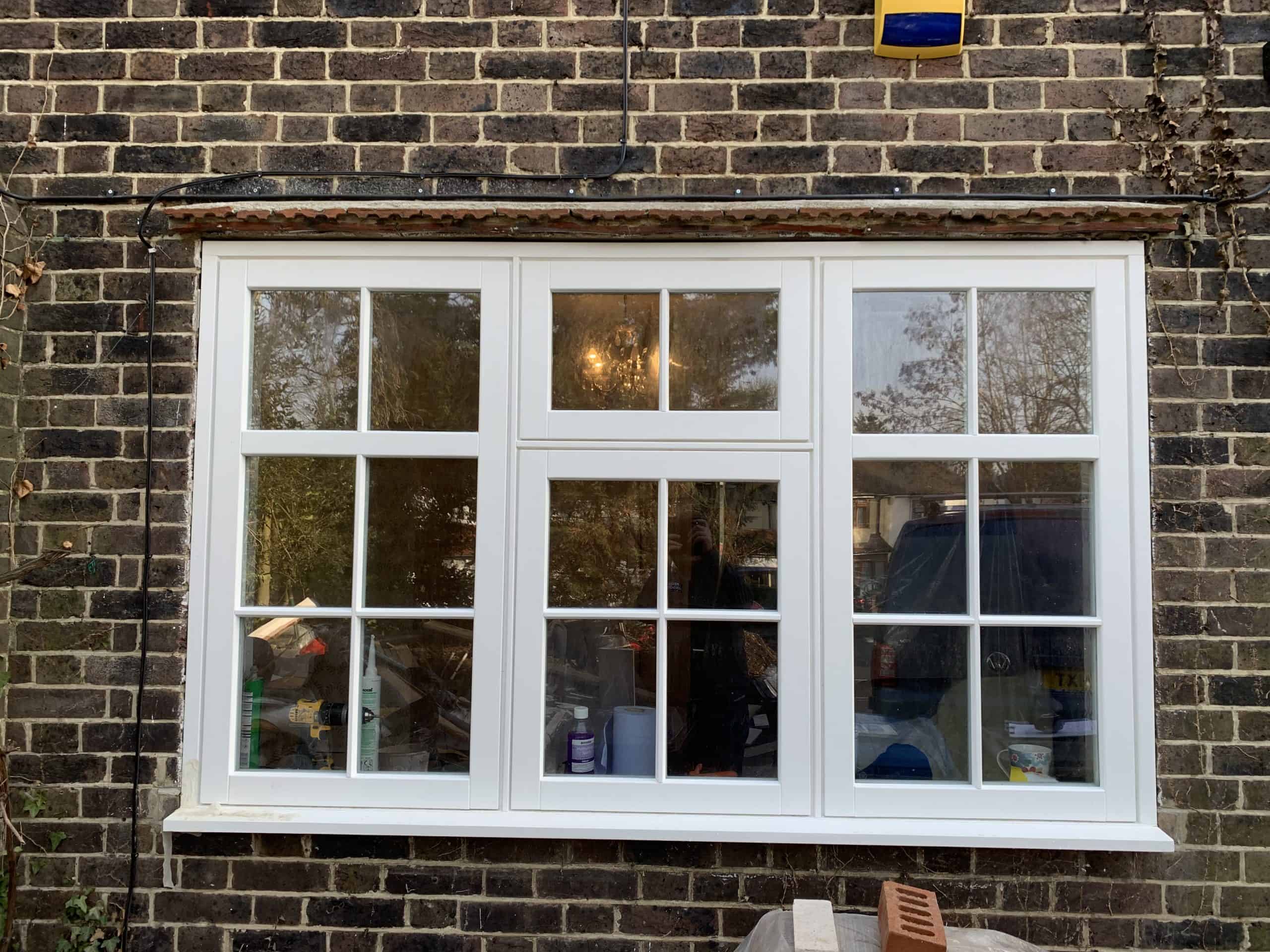
This type of window is attached to its frame by one or more hives along its side and is open outward, exactly like a door. This system allows maximum ventilation and can also provide a full view if opened properly. This window is available in various materials, such as wood, vinyl, and aluminum, which gives the customers an option to select according to their budget. It also provides a vintage look as it has a long history, and consumers prefer it in their modern homes.
3. Awning Windows
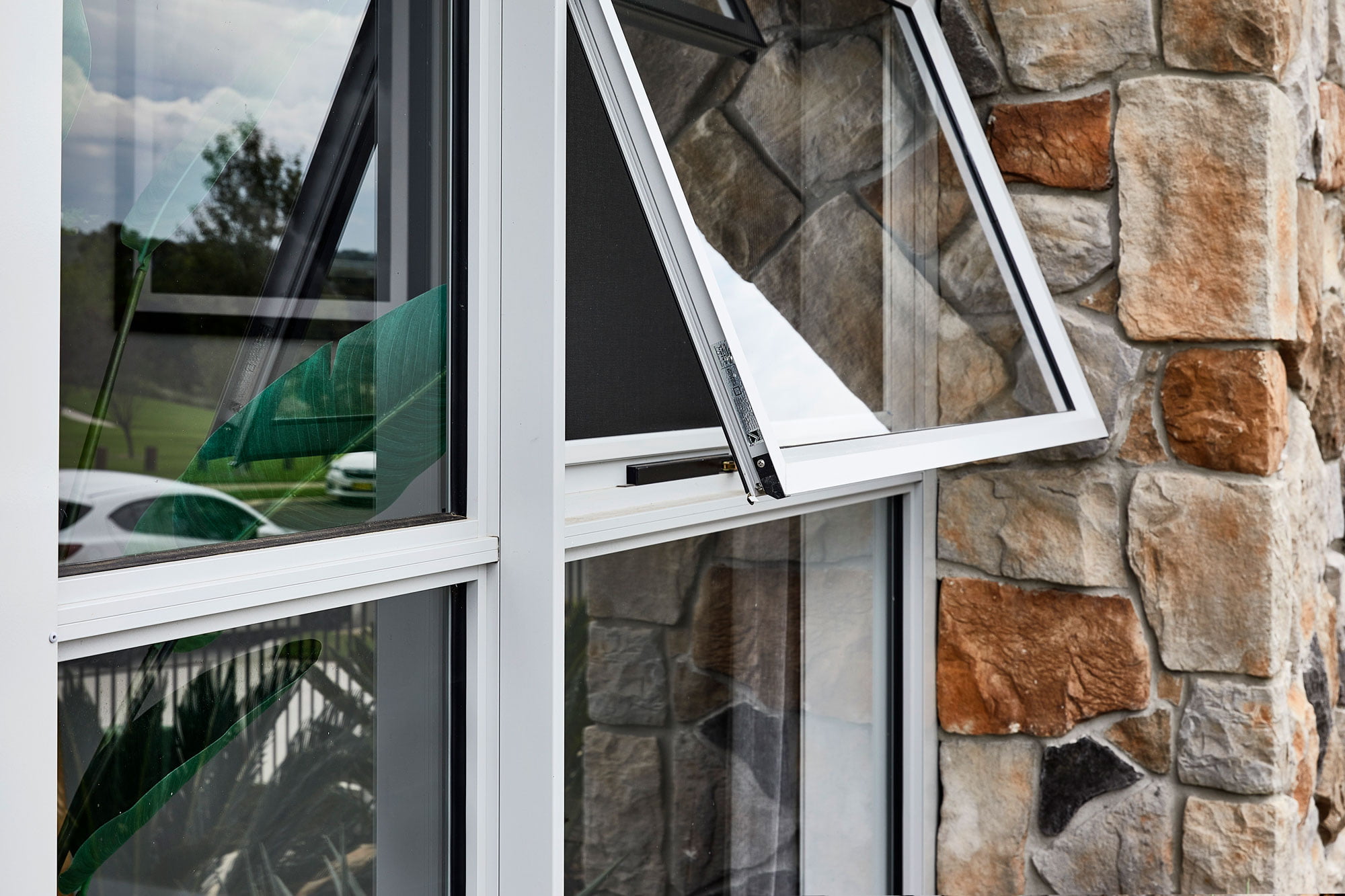
This window is hinged at the top, opens outward from the bottom, and is typically wider with a unique design. This design helps them open outward from the bottom.
Awning windows are known for their ability to provide excellent ventilation while keeping rain and debris out. When you open one of them, it’ll create a slanted canopy that allows air to circulate freely while protecting the room from other elements.
It’s super versatile, which means that you can use it in various settings, including bathrooms, kitchens, basements, etc., while they provide airflow as well as privacy to the room.
4. Picture Windows
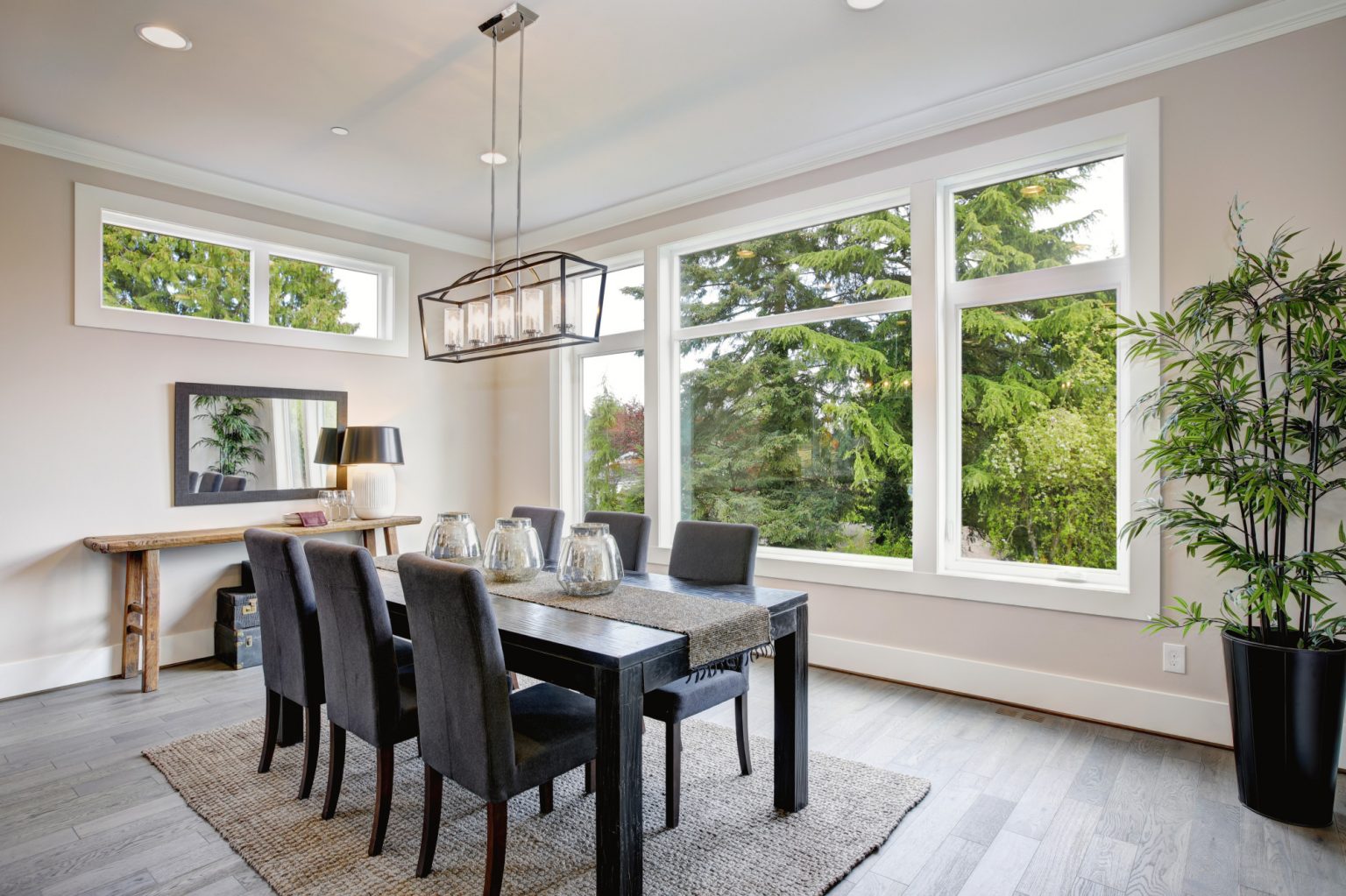
The main function of a picture window is to provide unobstructed views of the outdoors, allowing natural light to flood into a room while showcasing picturesque scenery.
It is a large, fixed window that doesn’t have any operable hinges or sliders, making it airtight and energy-efficient. You’ll find it typically larger than regular standard windows, spanning from floor to ceiling or wall to wall.
They are also known for their minimalist and simple design with a single pane of glass. These types of windows are very popular in modern and contemporary architecture, and they lift up the aesthetics of the room with their presence.
5. Sliding Windows
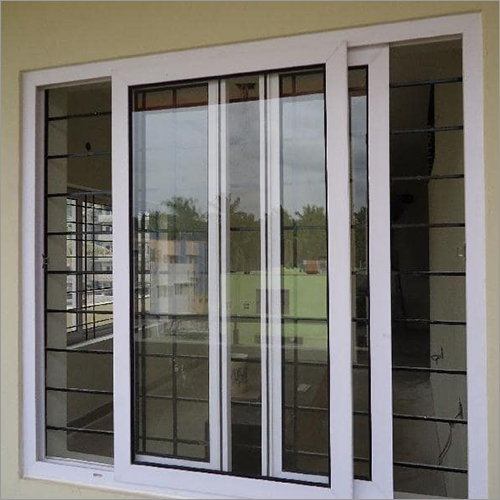
Another commonly found window in houses is the sliding window. This type of window design is known for its horizontal operation as it can open and close horizontally. The horizontal sliding motion makes them easy to operate by simply pushing or pulling the sash.
These types of windows play an important role in places where it’s hard to reach. Sliding windows typically have a large glass area, allowing plenty of natural light to enter the room.
This feature can lighten up any part of the house, which will help you reduce the usage of artificial lights. You can even keep the windows partially open, allowing you to control the ventilation while keeping the windows secure.
6. Bay Windows
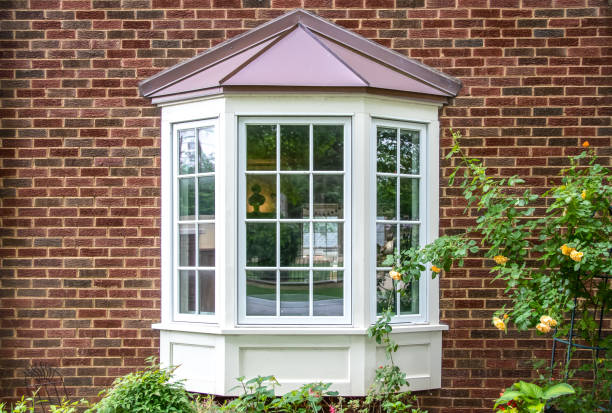
This type of window is a distinctive architectural feature in which a set of windows project outwards from the main walls of the building, creating a visually interesting element. Bay windows consist of multiple panels of sections of glass. This window comes in various shapes, including rectangular, polygonal, or even curved, depending on the architectural style and design preferences. Because of its design, it is known for allowing ample natural light to enter the room from multiple angles, which automatically lights up the whole room.
7. Louvered Windows

Louvre window is a type of window that comes with a design featuring horizontal slats, blades, or panels which is angled to admit light and air while keeping out rain and direct sunlight. It is specially designed to maximize airflow, making it an excellent choice for areas that require ventilation.
You can control the ventilation by just adjusting the angle of the slats. You can even control the amount of natural light entering the room, which gives you the freedom to create a comfortable indoor environment.
As we’ve mentioned earlier, these windows are excellent in keeping rain out even when it’s partially open. Lastly, depending on the angle of the slats, you can maintain privacy while still maintaining ample air and light flow.
Conclusion
The fresh air that you are currently breathing in the comfort of your home is because of the windows you have at your house. Windows are so underrated, and as the world moves forward, we have been more prone to stay in darker rooms and have surrounded ourselves with artificial light.
This has led to people getting more stressed, frustrated, and even depressed, so it’s important to shift to places where there are more windows.
Open up those windows and let that natural light as well as fresh air, enter your room. This will help you create a positive environment around you so that you can have an optimistic mindset.
So, in this article, we discussed everything you need to know about the standard height of the windows at your home from the floor or ceiling. We also discussed different factors that you need to consider before picking out the height, as well as got to know about various types of windows.
Make sure to research thoroughly before choosing a window of your choice that will gel properly with the aesthetics of the house.

